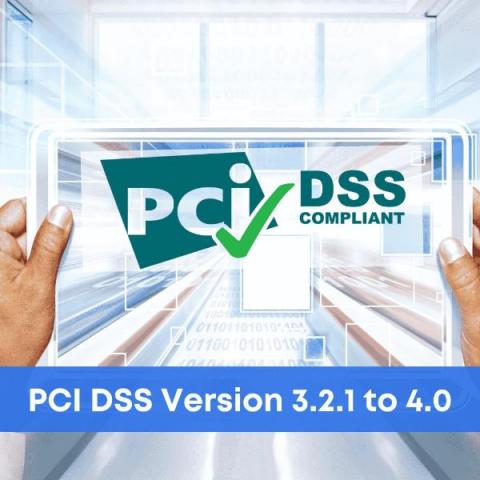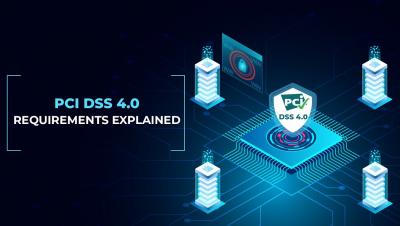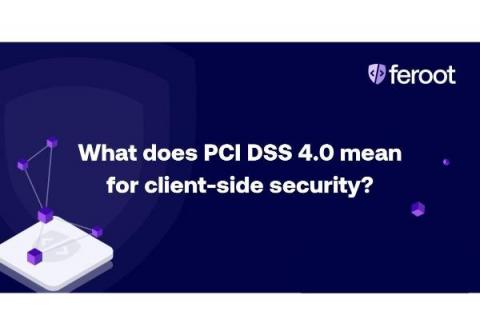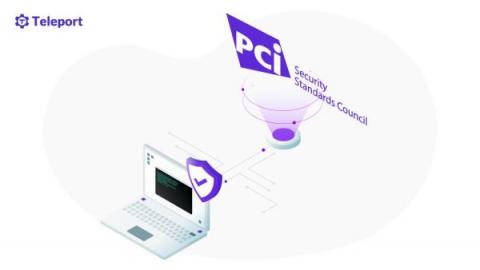PCI 4.0: The wider meanings of the new Standard
The new PCI DSS Standard, version 4.0, contains all the steps, best practices, and explanations required for full compliance. In fact, even an organization that does not process cardholder data could follow the PCI Standard to implement a robust cybersecurity program for any of its important data.







